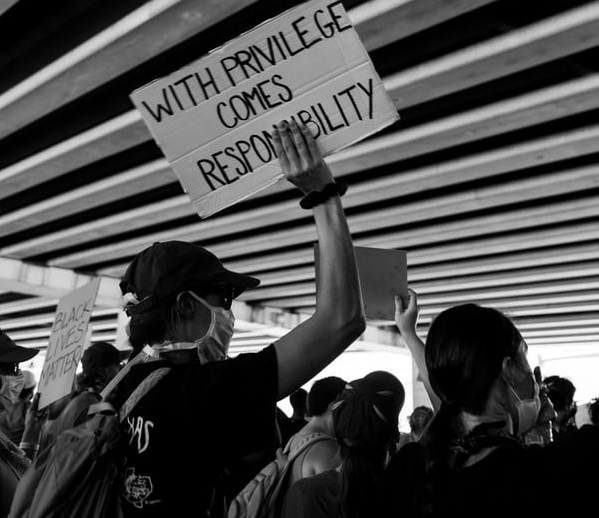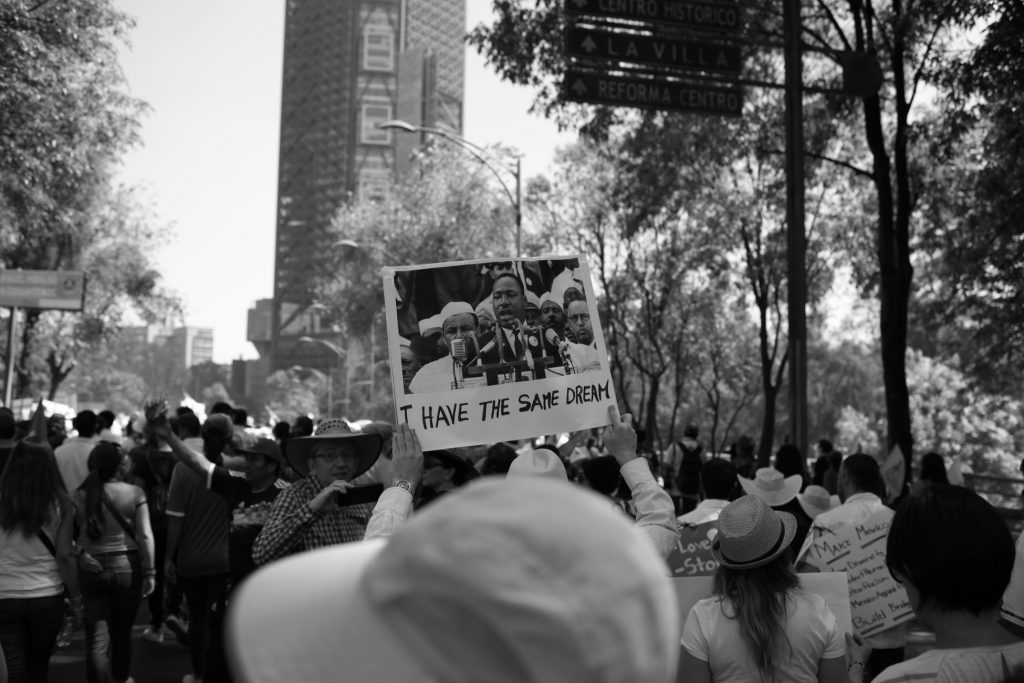
Hi everyone, before we get to this week’s topic, thank you to those of you who voted on the new name of our annual sector-wide event where nonprofit and philanthropy leaders get together to get snacks and hang out to help break down some of the pervasive power dynamics between us. (We’re changing the original name—BEER, Beverage to Enhance Equity in Relationships—to be more inclusive of colleagues in recovery). We got over 1500 votes! The clear winner, with nearly 40% of the votes, is PEEP—Party to Enhance Equity in Philanthropy. So there you have it. Some of you are hilarious, providing suggestions like Party to Enhance Equity, and Party to Open Others to Philanthropy.
Anyway, I hope you’ll host a PEEP event sometime around mid-June. If you plan to have one, please fill out this form, so that I can help promote your event. And so help me MYGOD (Multi-Year General Operating Dollars), if you call it a “PEEP Party” (like “ATM Machine” or “PIN Number”), I will rain hellfire on you and your communications team.
***
Continue reading “12 ways “all lives matter” manifests in nonprofit and philanthropy”



